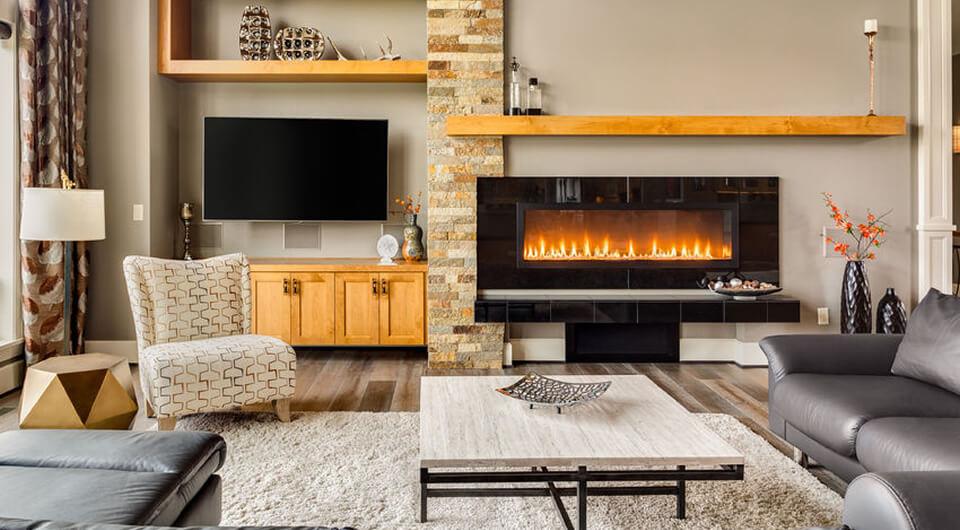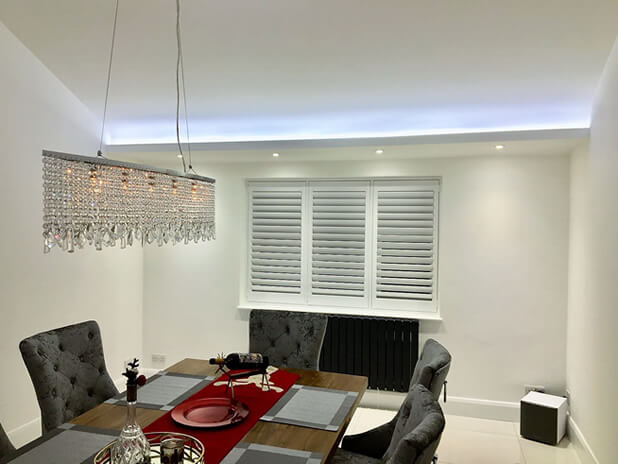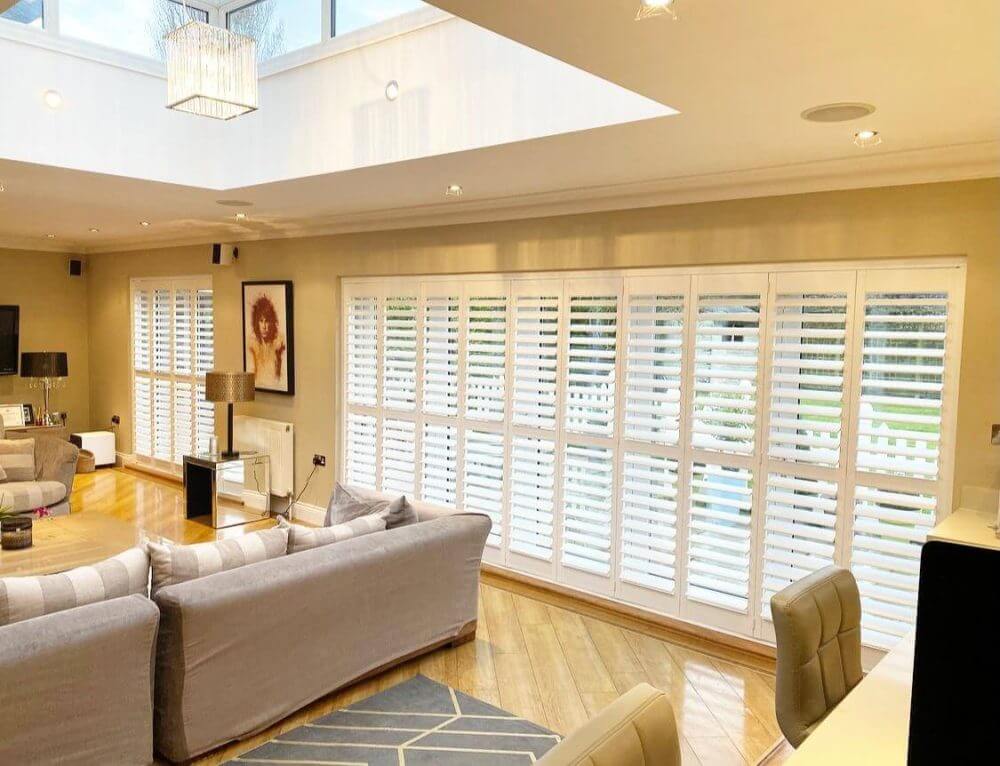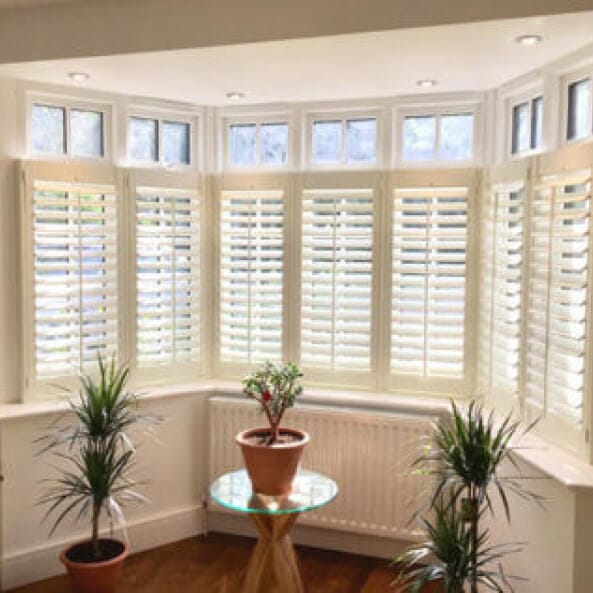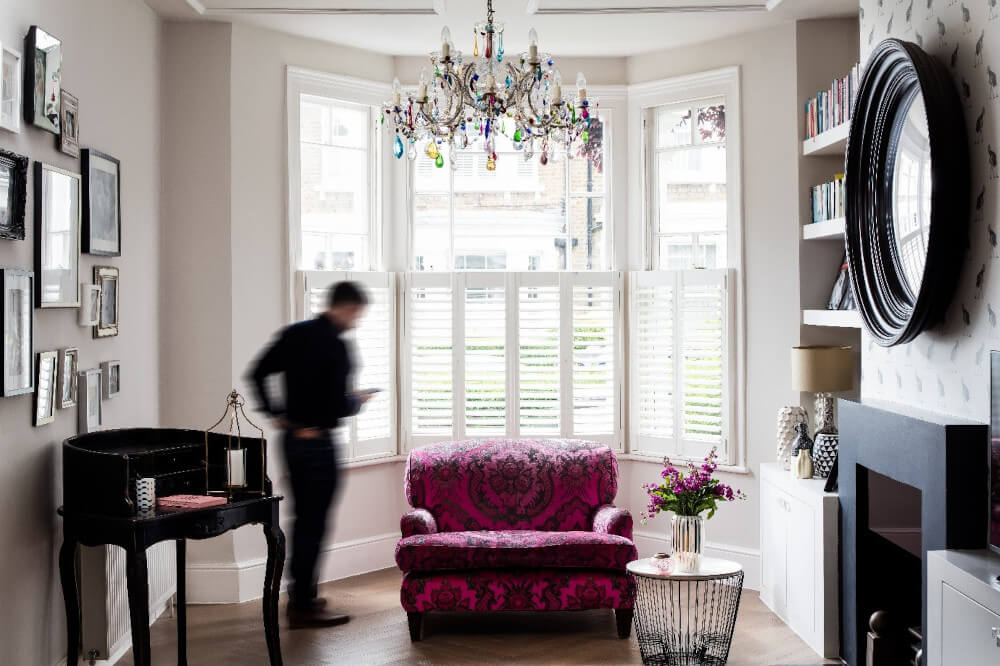Reducing the amount of heat which escapes from our homes will be a priority for most homeowners during wintertime. When thinking about how to retain heat in your house, you need to start with the areas which have direct contact with the outside – exterior walls, your roof, and all your window and doors.
According to the UK’s foremost energy saving advice portal, TheGreenAge, typical heat loss in a home comprises of:
- Up to 35% through the walls
- Up to 35% via the windows/doors
- Up to 10% through the floor
- Up to 25% through the roof
 Walls
Walls
The more external walls you have in your property, the more energy you will be losing. Whether they are solid or cavity walls will have an impact on energy loss too. Cavity walls are much easier to insulate as insulation can be injected into the cavity, which slows the movement of heat across it.
Solid walls, however, are typically found in properties built before 1920. A solid wall is usually made of brick or stone and is a single solid wall with no cavity. Therefore, solid walls need to be insulated from either the inside or the outside. Solid wall insulation will be more expensive in the short term compared with insulating a cavity wall, but the savings on your heating bills overall will justify the initial cost.
In an uninsulated property, the amount of heat lost via the walls can amount to around 35% of total heat loss, so it is a problem well worth addressing if you haven’t already. Plus, it is likely to be less efficient than insulating the loft floor (and slightly more expensive too).
Roof
With a quarter of heat lost through the roof in an uninsulated home, you’ll want to ensure your loft or flat roof is correctly insulated to reduce heat loss and, therefore, heating bills. When it comes to your roof, you can either choose to have a warm loft (where insulation is applied directly under the roof), or a cold one (where insulation is applied to the loft floor to block heatrising through your home). Warm lofts provide peace of mind that any tanks and pipes are unlikely to freeze. However, it does mean you will have to insulate any gable walls, party walls, and chimneys in the loft space too. Otherwise, your new insulation will be useless at retaining the heat as it will simply travel out through the uninsulated areas.
Ideally, a flat roof should be insulated from above. Insulation board can be added either on top of the roof’s weatherproof layer or directly on top of the timber roof surface, with a new weatherproof layer applied to the top of the insulation. It is possible to insulate a flat roof from underneath but if this isn’t completed correctly, condensation problems can arise.
Windows and doors
Nobody likes a draught blowing on their back when settling down for a Netflix marathon. They are not only uncomfortable and annoying, but they can impact our health too. Headaches, muscular tension, and joint pain are all common complaints from people exposed to draughts on a regular basis.
Filling in the gaps around windows and doors is one of the most effective ways of reducing heat loss whilst keeping your energy bills lower. Window shutters are a great investment to prevent heat loss in your home, mainly because they serve as another barrier against chilly air entering a room, as well as a barrier to heat leaving a room.
Draught excluders along the bottom of your doors and for open, unused chimneys are also a powerful addition.
You may even want to investigate a more efficient front door. Our panels conceal a complex series of steel structures and components which not only offer seamless operation and the ultimate in protection, but are also packed with insulation for notable heat loss reduction.
Under the floor
Underfloor heating allows homeowners to independently control the heat of each room/zone within their property and distributes heat more evenly throughout their home too. It is designed to run at a lower temperature, making it better suited to new energy efficient alternative heat sources. It is a great investment if you are committed to a more thermally efficient home.
Traditional radiators heat the chilly air in the immediate area above and around the radiator at a high temperature, causing the warm air to rise upwards towards the ceiling and leaving cooler air at the lower level of the room i.e. with radiators the floor is normally the coldest place in a room. Underfloor heating, however, produces and emits radiant heat from floor level, which is evenly distributed across the entire surface and radiates upwards to heat the entire room. This means no cold spots and no energy wastage. Underfloor heating is growing in popularity, and for good reason.
If you would like to speak to one of our Design Consultants regarding how shutters can benefit you or find out more about our security doors, we’d be delighted to arrange some time with you. Contact us at your leisure and we will get a date in the diary.
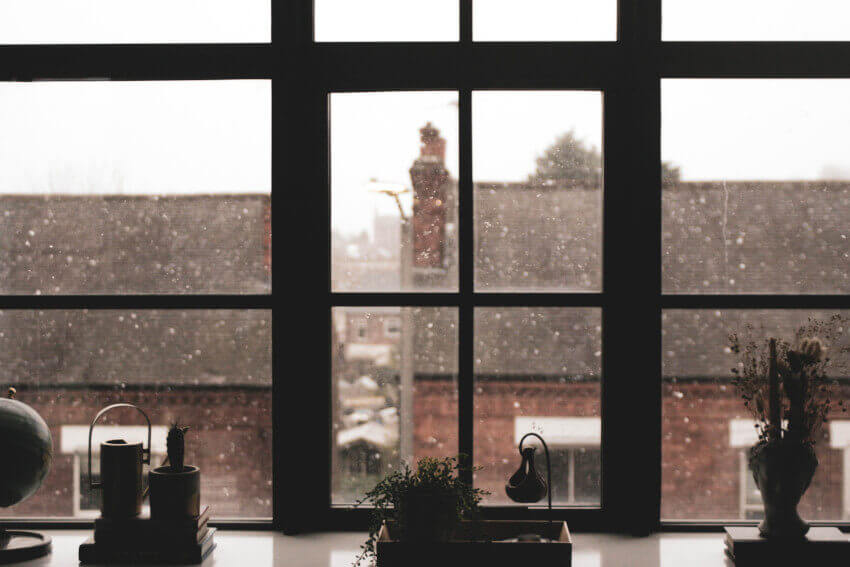
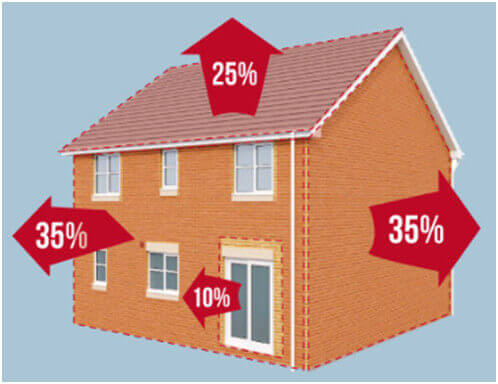 Walls
Walls